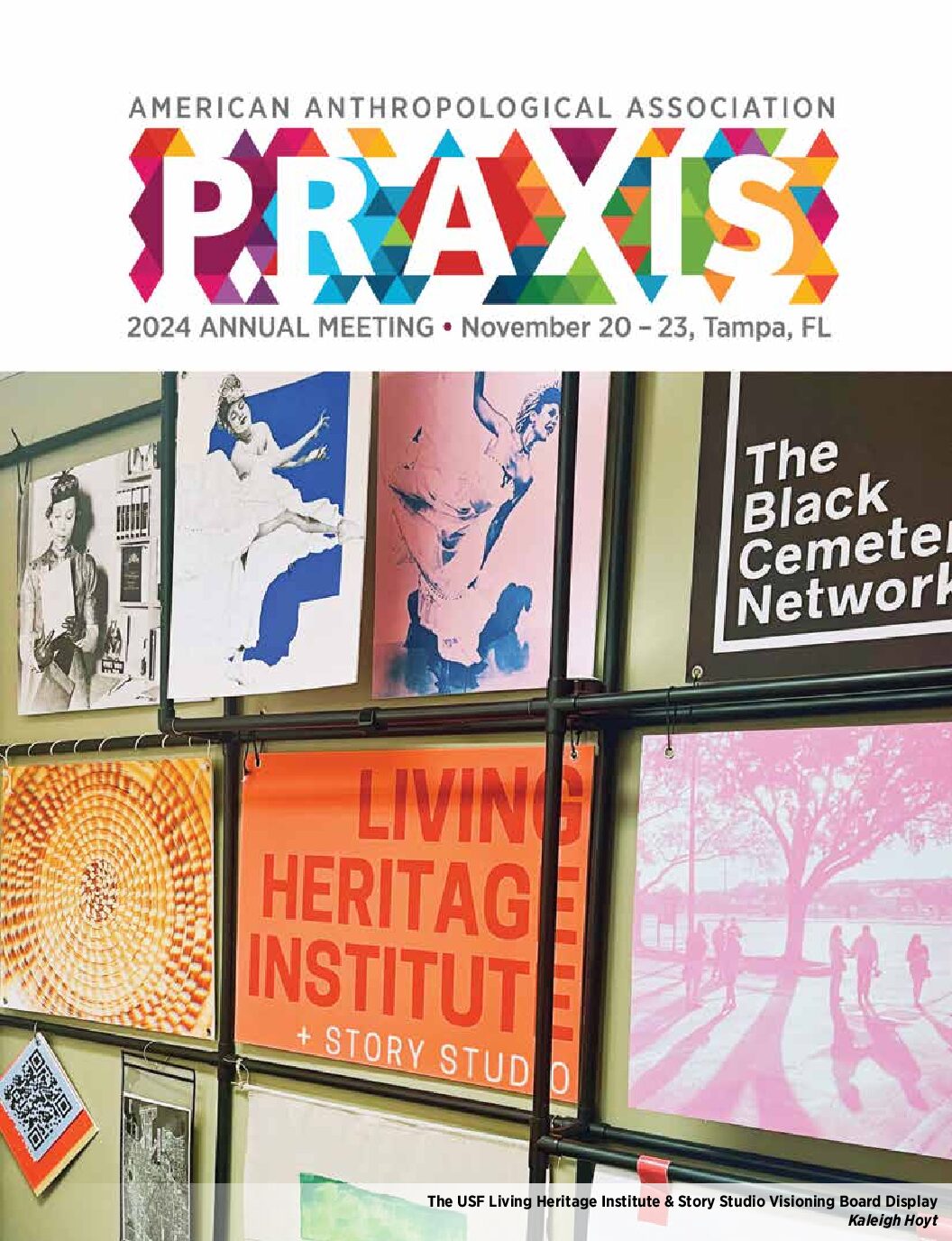The Neighborhood School Stigma: Choice, Stratification, and Shame
The Association for the Anthropology of Policy
Julia McWilliams
February 15, 2018
“The Neighborhood School Stigma: School Choice, Stratification, and Shame”
Over the past decade, social scientists have methodically documented the profound effects of unprecedented charter school growth in urban districts in the United States: stratification. An exodus of students from traditional neighborhood schools to charter schools has driven this growth,creating troubling numbers of vacant seats as well as concentrating larger percentages of high-need populations like Special Education Students and English Language Learners in the public school system.
In cities like Philadelphia, the maintenance of two parallel educational systems—one charter, the other district—has also strained budgets and contributed to fiscal crises that have further divested traditional district schools of critical resources. How are youth, teachers, and staff in neighborhood schools responding to these conditions and the moral associations that the “neighborhood school”has come to invoke within an expanding educational marketplace? What does it mean to attend and or work in a traditional neighborhood school in the midst of the dramatic restructuring of urban public education?
Given the established connections between academic achievement and student perceptions of school environments, my research builds on both anthropologies of education and policy by forcing policymakers and academics to critically engage questions around market-oriented school reforms and their implications for the institutional health of traditional schools as well as students’ social and academic engagement (Anyon 1980; Erickson 1987; Mehan 2000).
Using frameworks developed in anthropological studies of social stigma and policy, I explore how the power of market stratification has influenced the intensification of institutional stigmas around the traditional neighborhood school. Drawing on ethnographic data collected over a period of four years from a neighborhood school in Philadelphia, Johnson High, I analyze youth perspectives on the impact of charter schools on their lives. What are their aspirations and life chances given their status as students in a non-selective neighborhood school? I ultimately interrogate how notions of race, educational quality, and (lack of) school choice, impact this neighborhood school community’s sense of worth.
Stratification and the hierarchy of urban schools
I mean, I really wanted to go to charter school but they’re like hard to get into. I mean, I don’t mind it here that much. Like you have the magnet schools and Catholic schools up here[gestures with hands high], and charters are here [lowers hands down] and then there’s the neighborhood school here at the bottom of the barrel [lowers hands further]. I mean,Johnson High isn’t as bad as [other neighborhood high school], not as dangerous, but it’s still down here because it’s a neighborhood school. And then with all of the budget cuts, it sucks even more. (James, sophomore)
We’ve become holding ponds for the kids nobody wants. They create the conditions for us to fail and then punish us when it happens. They devalue the work we do with the toughest kids,the ones that are hardest to get to, the ones that nobody is looking out for. (Mr. Keo, principal)
Delineating the rungs of school quality in Philadelphia, James placed his Johnson High at “the bottom of the barrel.” In turn, he echoed Mr. Keo’s sentiments, describing a shared perception that neighborhood schools are bad because “bad kids” go to them. In a system where charter schools have further injected choice into the marketplace of urban school options, James points out that those at “the bottom” do not enjoy that same choice. When I asked James whether he had plans to apply to college, he indicated that he probably would not. In spite of his placement in a college preparation cohort, he explained, “I mean, I go to Johnson High right? Didn’t I just explain that to you? Like, I’m not that smart. I’m tryin’ to just find a job now down at Modell’s so that I can pay for my shoes and stuff. With mom not working, I gotta pay for my own stuff.”
Negotiating media stereotypes
The media makes you feel worthless, like you’re a bad kid who goes to a bad school. They play on the worst stereotypes about inner-city kids. (Shannon, senior)
We ain’t got no books up in here. You see a book from so many years ago, all scribbled in and you’re like, we ain’t shit. They ain’t even buyin’ us books up in here. I don’t know how that happened. How did they stop carin’ about us? They say that the district is broke. Where did all of the money go? We used to have so many more kids but they know the district ain’t got nothin’ so they leave. They leave for the charter schools. (Jacob, senior)
Johnson students harbored conflicting feelings like Jacob. They struggled to allocate blame for population loss and the school’s reputation as “terrible.” Such austerity made them feel like they“ain’t shit.” However, media portrayals of violent incidents at the school intensified the shame they felt when neighbors, many of whom had opted to send their children to charters, often chastised them for remaining at Johnson.
An ethnographic window into the double-bind of school choice
The school choice movement has contributed to real material changes for neighborhood schools,draining them of students and resources and leaving high need populations and educators scrambling to stay afloat amidst the rising tide of institutional uncertainty. I follow Brene Brown (2006) in her conceptualization of stigma as an “unwanted identity” that inherently produces feelings of intense shame. Her notion of the “double-bind” helps us think through the stigma and accompanying shame of attending a neighborhood high school in an age of educational choice.Brown defines the double-bind as the “trapped” feeling that emerges when expectations heighten and choices narrow, leaving individuals feeling powerless to change their situation.
As urban school systems become more stratified, the institutional stigma around neighborhood schools heightens. Yet my participants demonstrate that the choice for them to attend schools outside of their neighborhoods is severely constrained by costs, barriers to application, and limited seats. Caught in the double-bind between expectation and narrowed options, the shame of having the “unwanted identity” as a neighborhood school student accompanies being “left behind” in increasingly underfunded neighborhood schools. This research not only questions how market stratification impacts access to quality public education but also how school choice shapes students’ attachment and belief in their schools as places of hope and promise as the term “neighborhood school” becomes increasingly deployed as a slur.
Julia McWilliams (mcjulia@gse.upenn.edu) is a lecturer of anthropology and education in theCritical Writing Program at the University of Pennsylvania. Her paper, “The Neighborhood School Stigma: School Choice, Stratification, and Shame,” won the ASAP Graduate Student Paper Prize in2017, and has recently been published in Policy Futures in Education.
A link to the article on the Anthropology News website can be found here.


